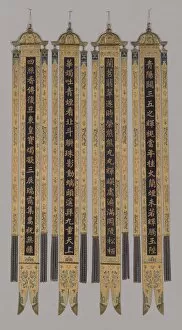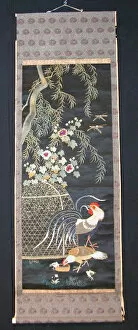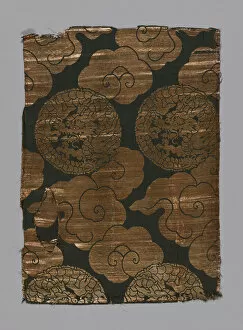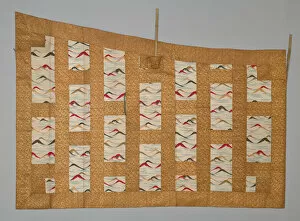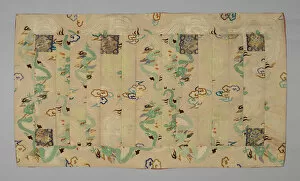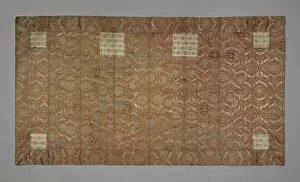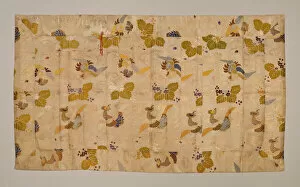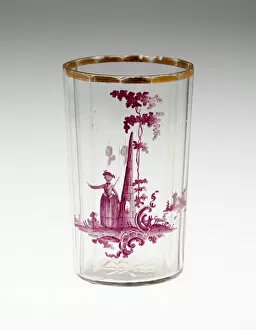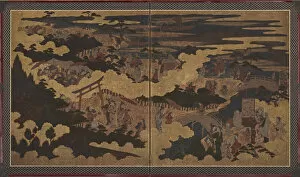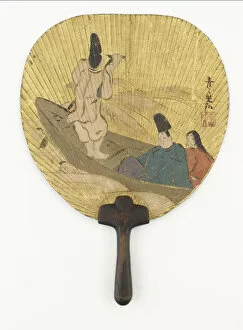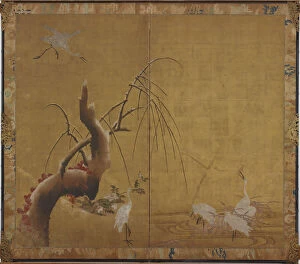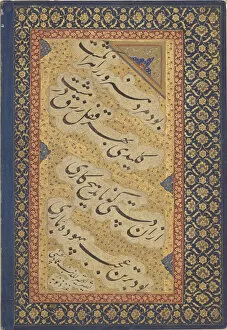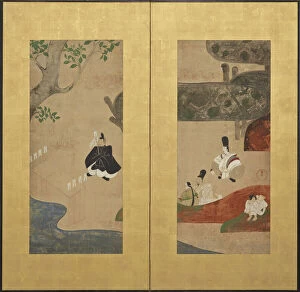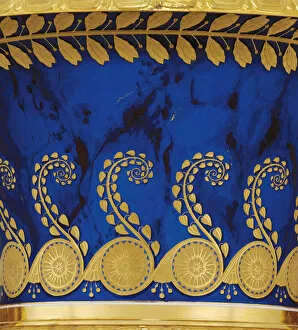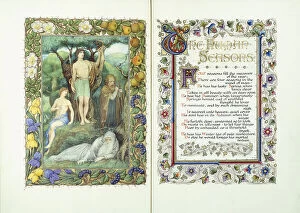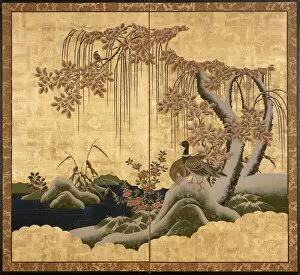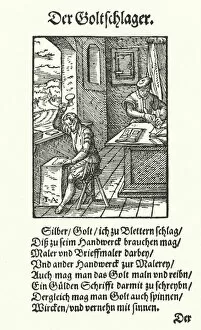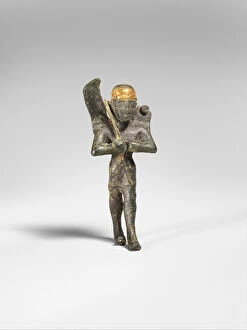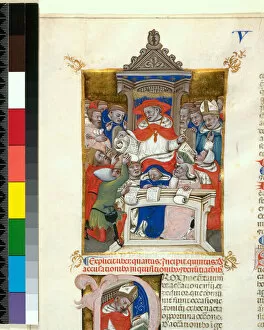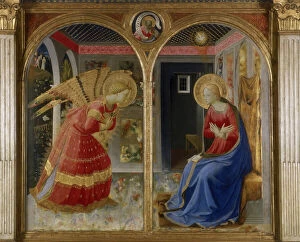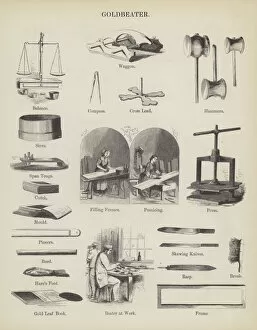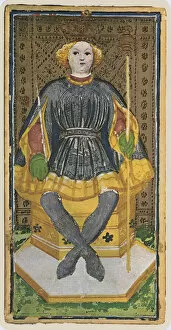Gold Leaf Collection (page 7)
"Shimmering Splendor: The Allure Across Time and Continents" From the resplendent Harmandir Sahib in Amritsar, India to the majestic St
For sale as Licensed Images
Choose your image, Select your licence and Download the media
"Shimmering Splendor: The Allure Across Time and Continents" From the resplendent Harmandir Sahib in Amritsar, India to the majestic St. Michaels gold-domed cathedral in Kiev, Ukraine, it has adorned some of the world's most iconic structures. Its radiant glow has captivated artists and craftsmen for centuries. Intricately applied on the Catalan Atlas from the 14th century, gold leaf brought a touch of opulence to this ancient map. Similarly, Gustav Klimt immortalized passion with his masterpiece "The Kiss, " where delicate strokes added an ethereal allure to the canvas. Even in high-speed races like the 1968 Monaco Grand Prix, gold leaf found its place on Graham Hill's Lotus 49 car, symbolizing both speed and prestige. Meanwhile, religious devotion took form in Blessed Gerard of Villamagna's depiction alongside St Mary Magdalen and St Catherine of Alexandria – their halos shimmering with golden radiance. Across cultures and eras, it has been used to elevate artistry. In Momoyama or Edo period Japan during the early 17th century, Hasegawa Tonin skillfully incorporated it into his painting "Peonies and Willows, " infusing nature with a celestial gleam. Not limited to paintings alone, manuscripts also embraced this luxurious medium. Jean Bourdichon's Manuscript Leaf with the Annunciation showcases meticulous craftsmanship as golden accents illuminate sacred scenes. Gold-leafed splendor extends beyond artworks; it graces architectural marvels too. The UNESCO World Heritage Site St. Francis of Assisi church in Old Goa stands as a testament to Indian craftsmanship while reflecting sunlight off its gilded surfaces. Beyond Earthly realms lie celestial wonders adorned by golden constellations such as Hydra and Ursa Major – their stars twinkling against night skies, reminding us of the universality of gold's allure.

